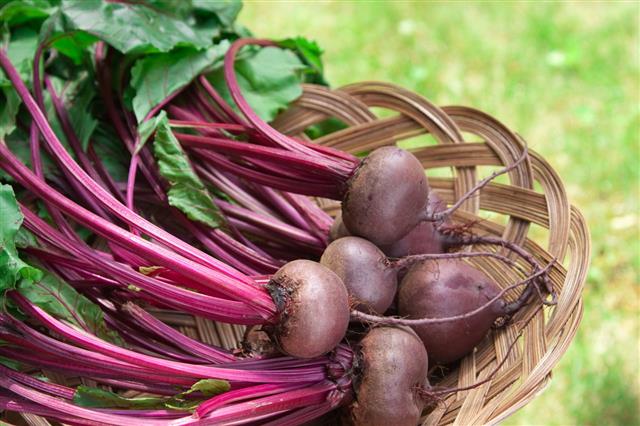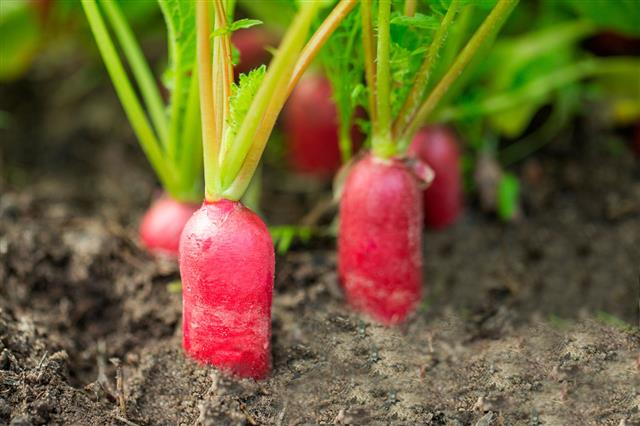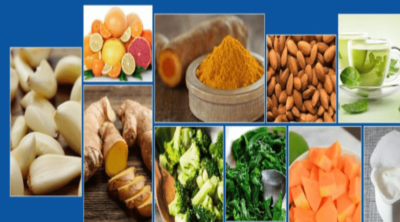
Everyone knows that eating fruits and vegetables is very important. But green leafy vegetables are not the only vegetables with health benefits. Multicolored vegetables has many health benefits too. In this article we are going to discuss all about red colored vegetables and the nutritional benefits that it has to offer.
From a long time, we have been coaxed into eating green leafy vegetables to keep our immune system healthy and to get our required doses of vitamins and minerals. But research has shown that green vegetables are not the only vegetables that comes with immense health benefits. Multicolored vegetables contains essential minerals and micro-nutrients that helps to reduce the risk of many lifestyle diseases. It also contains a high amount of antioxidants that helps to prevent cardiovascular diseases and inflammation of the blood vessels. So, it is always best to have a balanced diet that includes multicolored vegetables. Red vegetables like tomatoes, red bell pepper, radishes, rhubarb and beets should be added to the diet to obtain its health benefits. The red color of these vegetables is due to the presence of lycopene, a carotenoid that is a fat soluble phytochemical.
Red Vegetable Benefits
Consuming a diet that consists of a red vegetables and fruits have many benefits. Red vegetables contains the phytochemical called lycopene which is a powerful antioxidant that neutralizes free radicals in the body. Research has linked lycopene to reduced risk of inflammation, formation of plaque in the arteries, cardiovascular diseases and certain types of cancer, particularly prostate cancer and breast cancer. It is seen that the heating process of red vegetables, causes the lycopene to be more easily absorbed by the body.
Therefore to avail the health benefits of lycopene, it is best to cook the vegetables in a bit of oil. It is seen that of all the red vegetables, tomatoes have the most concentration of lycopene. Another phyctochemical present in red colored vegetables is anthocyanin which helps in lowering high blood pressure levels as well as reduce the risk of cardiovascular diseases and diabetes. It can also help in reducing tumor growth and cholesterol levels in the body.
Besides these two powerful phytochemicals, red vegetables also contain vitamin A and C. Both these vitamins are required for the proper functioning of the body and to protect against cardiovascular diseases, eye diseases and immune system deficiencies. Red vegetables are also rich in flavonoids that protects against lung diseases and asthma. Consumption of flavonoids has also been linked to the reduction in the risk of several types of cancer and heart diseases. Red vegetables are also rich in potassium and iron which are essential nutrients required for bodily functions.
Red Vegetable List
Given below is a list of red vegetables that you can introduce in your diet.
- Tomatoes
- Red Bell Peppers
- Rhubarb
- Radish
- Red Onion
- Beets
- Radicchio
- Red Potatoes
- Red Chillies
- Red Cabbage
- Red Chard
The list of red vegetables is rather limited. So there is no reason that you cannot include in your diet. You can also include red colored fruits like grapefruits, strawberries and watermelon to get your required dosage of antioxidants. Tomatoes and red bell peppers can be used raw in salads or they can be used for making soups and stews. Radishes and red cabbage tastes best when braised over slow heat. Beets are rich in potassium and folate and the best way to use them is to grate them in salads or to make beetroot puree to accompany a main course. There are many ways in which you can introduce these red vegetables in your diet. Using healthy cooking methods for preparing these vegetables will ensure that you get their full nutrients.


















